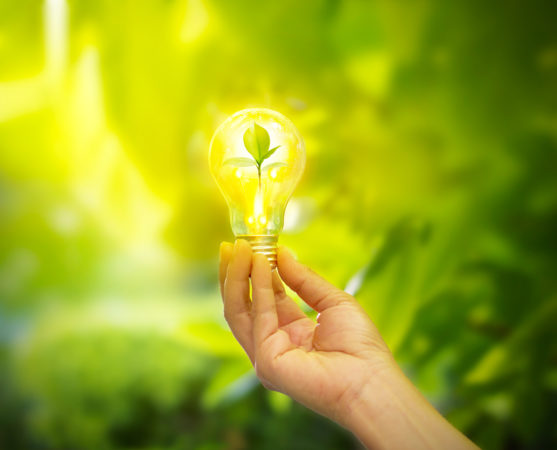
The future of beer may be in wood pulp bottles
Food in Canada
Packaging Beverages beerFor companies in North America and Europe, fibre packaging may become a new alternative to glass
 hand holding a light bulb with energy and fresh green leaves inside on nature background, soft focus
hand holding a light bulb with energy and fresh green leaves inside on nature background, soft focus By Yvonne Dick
For companies in North America and Europe, fibre packaging may become a new alternative to glass beer bottles and aluminum cans. When a wood fibre bottle is empty, it can be recycled into a bin. Additionally, the materials are so environmentally friendly they can biodegrade in your garden or compost heap.
Chances are you have already used a wood fibre product as a plate or bowl. While researchers at ecoXpac of Denmark are still determining how to make the transition to a food-safe container, there are few companies at the forefront of this next generation of packaging opportunities. Perhaps it is due to the lack of a final blueprint. EcoXpac has partnered with Carlsberg Group and come up with a bottle design, but have yet to publicly unveil a final product. The container design is sleek and resembles a traditional beer bottle in the Carlsberg beer colours and labelling.
“The bottle has been created with input from some of the leading packaging specialists in the world, who are very excited to participate in the project,” says Håkon Langen, packaging innovation director. “Though we still have technical challenges to overcome, we’re on track on the project.”
One necessity to be determined is the secondary barrier inside the fibre bottle which would keep the bottle standing in shape while beer was stored inside for long periods of time. The fibre beer bottles must be specially designed to hold the liquid and keep a barrier between it and the actual wood fibre bottle.
Though exact techniques remain proprietary, the process is similar to a Type 4 moulded fibre process. The basic steps of production start by combining the recycled paper and water in a slurry which then goes through a screen and is dried in layers to a moulding machine. The end product is oven heated. It is a bit like paper mâché on a mass production level. Custom colours and formulations can be added and forms can be designed to meet the exact specifications of the customer. According to ecoXpac, up to 600 units per hour can be created using this process.
In a Type 4 paper moulding process, the designs may be printed, coloured and embossed, and include special additives. EcoXpac offers a slightly different heating and curing method than the traditional Type 4 processing, and is known as the Impulse Drying Technique. Using thermoformed fibre, ecoXpac can eliminate much of the evaporation necessary to fully dry the end product by using a combination of pressure and flash heating. This significantly reduces the water needed to create the final product, as well as the energy to heat dry. This Danish technology makes good use of water which would otherwise be wasted, and ensures the least amount of water necessary is pumped through the system in order to get to the final product.
The food-safe additives which would need to be used to form an inner barrier between beer and bottle have yet to be publicly announced. All indications show that this aspect is still in research and development, and that may be the reason other companies throughout North America have failed to embrace the idea of the paper beer bottle. Some research indicates that a milk-based barrier has been considered as one solution.
While scientists with Carlsberg and ecoXpac say they are close to finding a solution, the barrier which will be produced must be in line with the companies’ mutual goals of an ecofriendly and sustainable end product. Expect to hear more about the project and, according to Carlsberg, see and taste its product in a wood fibre beer bottle sometime in 2018.
Print this page